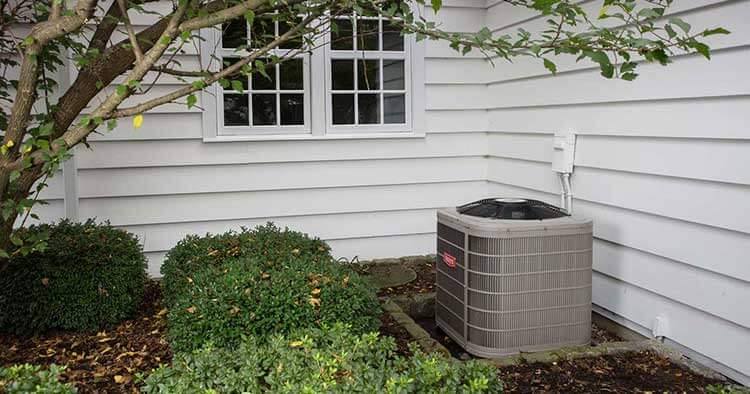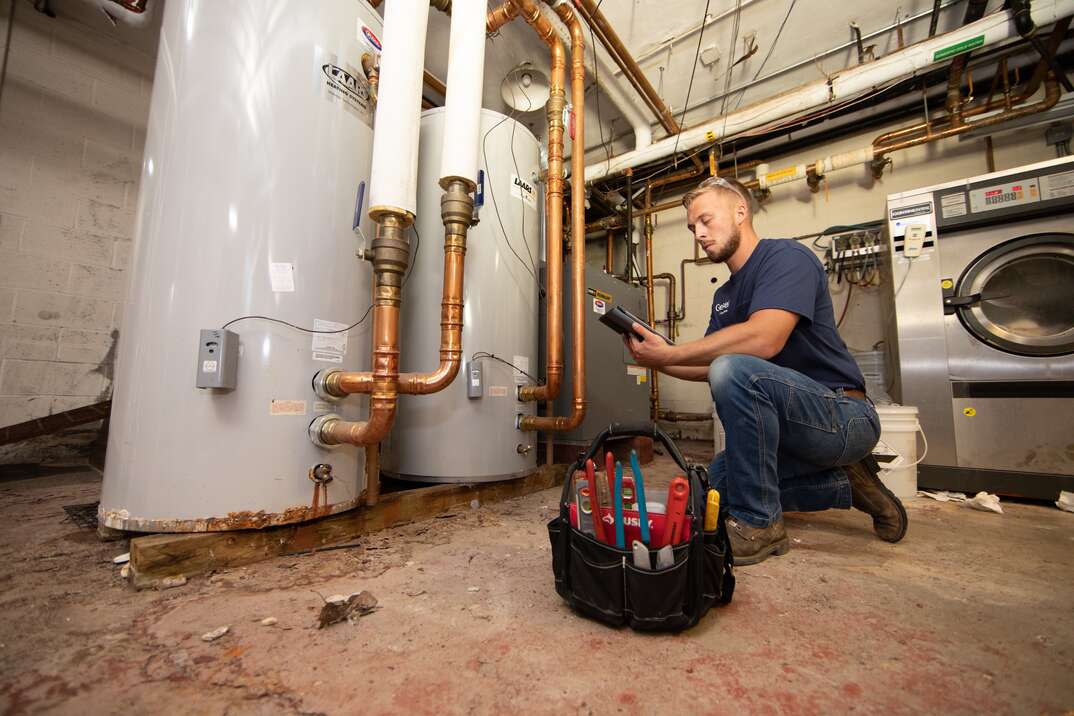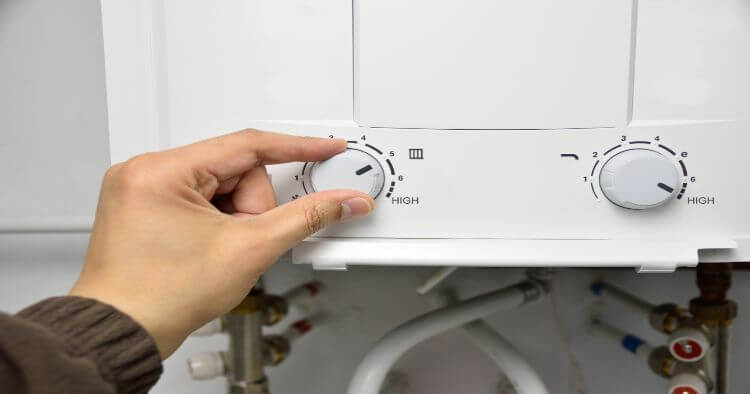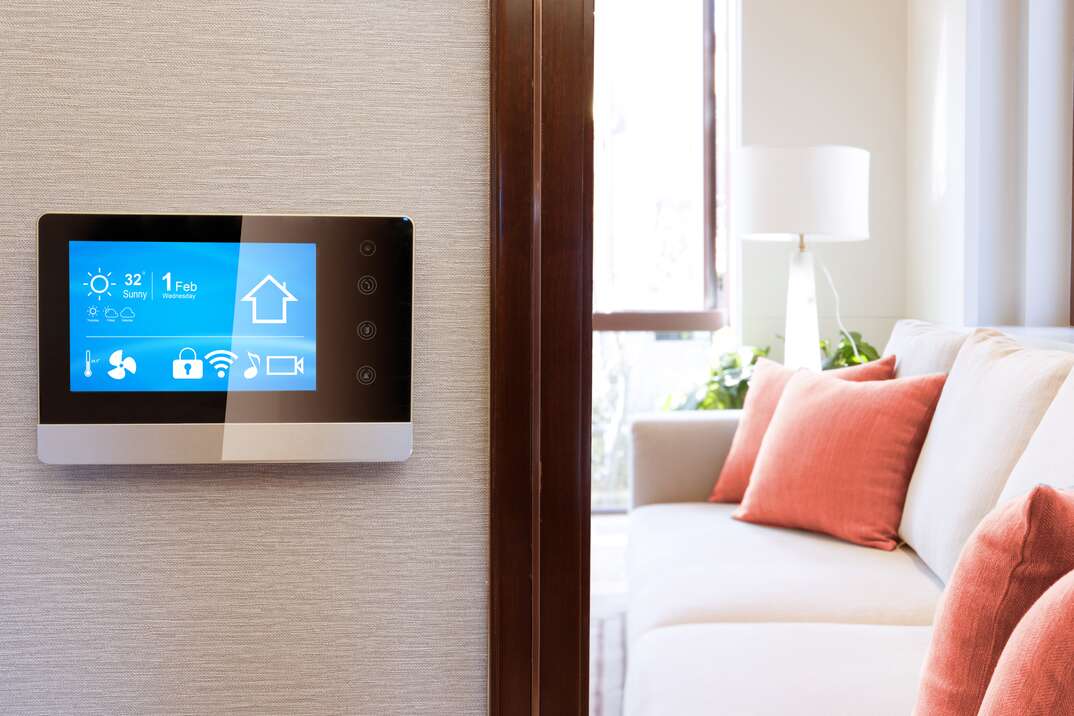The Homeowners Guide to Cooling Systems

Summer is in full swing, which means for many of us, thoughts are turning to air conditioning and home cooling systems. Let’s be honest —central air conditioning is a game changer. No more sweaty nights tossing and turning in front of a box fan or toughing it out because you haven’t installed the window units yet. But, you have options when you're ready to install a home cooling system.
Here are a few types to consider:
Central air conditioning
Designed to cool the entire house, this cooling system feeds into your home's ductwork and distributes cool air throughout each room. A large compressor unit lives outside, combining the evaporator, condenser and compressor in one place. Proper sizing and efficiency are important for choosing the right air conditioning unit for your home. Look for a Seasonal Energy Efficiency Rating of at least 13 if you live in a northern state and 14 if your home is in a southern climate, according to SmarterHouse. Plus, consider buying an energy-efficient model approved by ENERGY STAR for the best performance.
Once you're the proud owner of an air conditioning unit, you'll need to keep maintenance in mind, prepping it for seasonal changes and enhancing its efficiency. With a little love and care, your unit will continue to keep your home at lovely, cool temperatures when the heat rises outside.
Ductless system
These mini-split systems are popular for room additions or homes without ductwork. Similar to central air cooling systems, there is an outdoor unit. However, a ductless system requires each room or zone to have its own air handler, which is connected to the outdoor unit via a conduit. You can mount these indoor units on walls or ceilings. As such, you can choose to cool specific areas of your home, rather than the entire house. However, this option can be much less cost effective than a central cooling system.
Evaporator system
Ideal for dry climates, evaporator systems use a fan to push fresh air through moist pads and circulate cool air throughout the house. They can be cost-effective because the fan is the only electrical component, but they lose efficiency when the humidity rises. If you live in the right environment for this system, you'll need to be careful about choosing the size of the evaporator. To give you an idea, homes around 1,500 square feet require an evaporator fan that runs at 6,000 cubic feet per minute, according to SmarterHouse.
Portable units
Self-contained cooling units are an ideal temporary solution, and common in homes up North where the temperatures don't stay high for long. Window air conditioners or portable stand-alone units are among the most popular. They're great for immediate relief from the heat when you need it, but can be noisy and only cool a limited area.
Remember that while your choice may depend on budget, location and regional climate, if you're looking to cool your home consistently and frequently, installing a central air conditioning system is a more long-term, effective solution than the portable cooling units.
Being prepared before home repair issues arise is always a good strategy. Plans from HomeServe can help with the costs of covered repairs. See what plans are available in your area.


